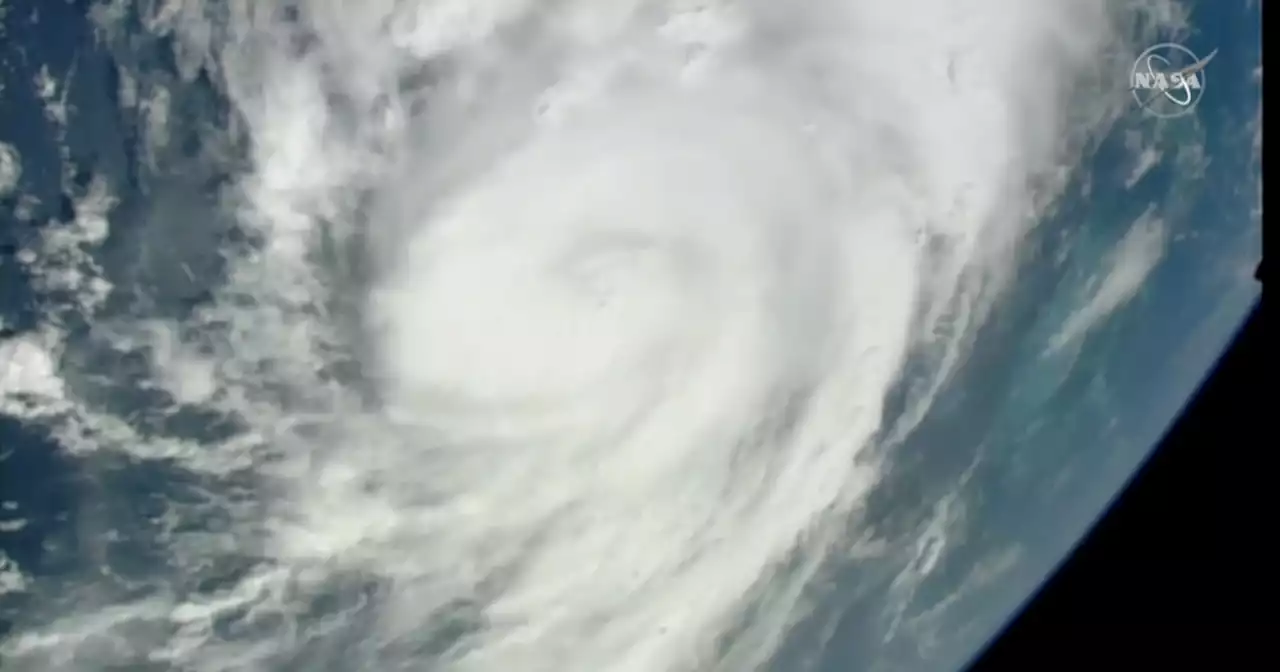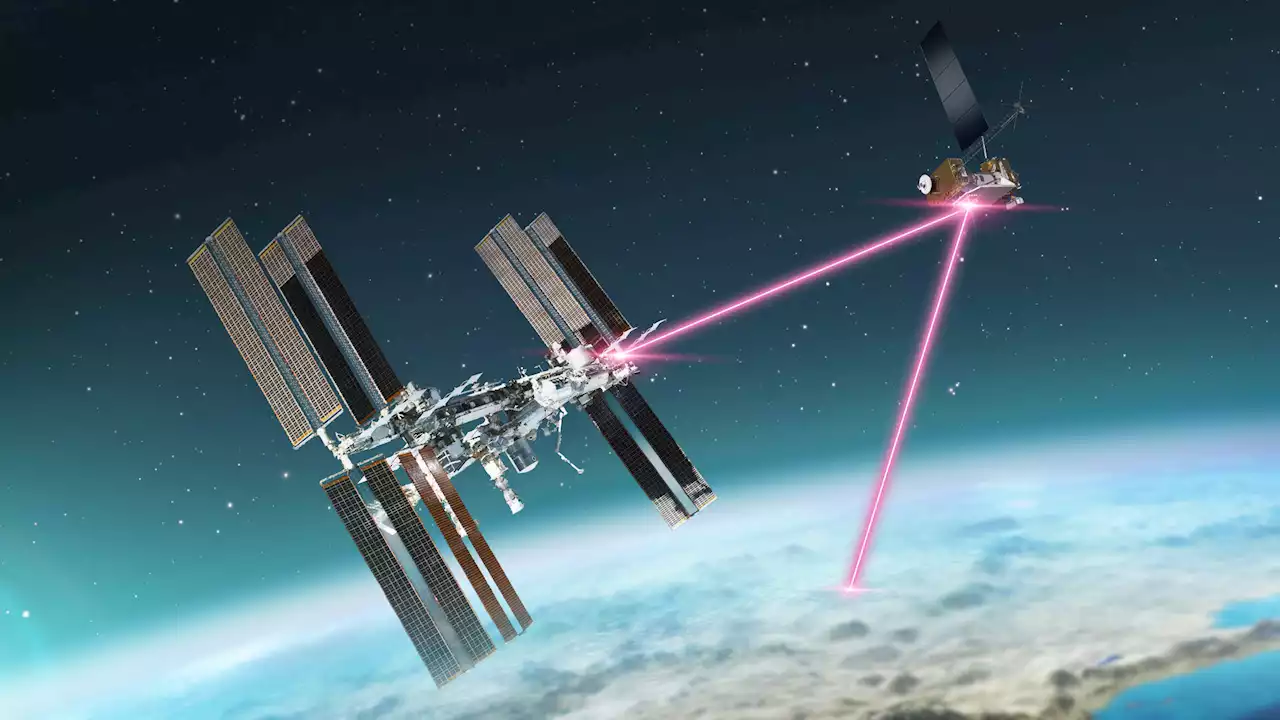NASA is testing technologies in space and on the ground that could increase bandwidth to transmit more complex science data and even stream video from Mars. Set to launch this fall, NASA’s Deep Space Optical Communications (DSOC) project will test how lasers could speed up data transmission far b
into significantly tighter waves, enabling ground stations to receive more data at once.
The Hale Telescope at Caltech’s Palomar Observatory in San Diego County, California, will receive the high-rate data downlink from the DSOC flight transceiver. The telescope is fitted with a novel superconducting detector that is capable of timing the arrival of individual photons from deep space. Credit: Palomar/Caltech
Once locked onto the uplink laser, the transceiver will locate the 200-inch Hale Telescope at Caltech’s Palomar Observatory in San Diego County, California, about 100 miles south of Table Mountain. The transceiver will then use its near-infrared laser to transmit high-rate data down to Palomar. Spacecraft vibrations that might otherwise nudge the laser off target will be dampened by state-of-the-art struts attaching the transceiver to Psyche.
United States Latest News, United States Headlines
Similar News:You can also read news stories similar to this one that we have collected from other news sources.
 See Hurricane Idalia from space: Satellite views from International Space Station show storm off Florida coastHurricane Idalia is expected to make landfall on Florida's Gulf Coast on Wednesday.
See Hurricane Idalia from space: Satellite views from International Space Station show storm off Florida coastHurricane Idalia is expected to make landfall on Florida's Gulf Coast on Wednesday.
Read more »
 Hurricane Idalia's Florida approach seen from space in breathtaking video from NASA, Space Station: WATCHThe International Space Station flew over Hurricane Idalia on Tuesday as it churns toward the Gulf Coast of Florida.
Hurricane Idalia's Florida approach seen from space in breathtaking video from NASA, Space Station: WATCHThe International Space Station flew over Hurricane Idalia on Tuesday as it churns toward the Gulf Coast of Florida.
Read more »
 Old Soviet satellite breaks apart in orbit after space debris collisionThe collision highlights the space junk problem that threatens our use of space.
Old Soviet satellite breaks apart in orbit after space debris collisionThe collision highlights the space junk problem that threatens our use of space.
Read more »
 Lance Armstrong had even more to say about trans athletes on Stars On MarsLance Armstrong's comments on trans athletes were even lengthier and more transphobic than we saw, says Adam Rippon
Lance Armstrong had even more to say about trans athletes on Stars On MarsLance Armstrong's comments on trans athletes were even lengthier and more transphobic than we saw, says Adam Rippon
Read more »
 NASA to demonstrate laser communications from space stationNASA uses the International Space Station—a football field-sized spacecraft orbiting Earth—to learn more about living and working in space. For more than 20 years, the space station has provided a unique platform for investigation and research in areas like biology, technology, agriculture, and more. It serves as a home for astronauts conducting experiments, including advancing NASA's space communications capabilities.
NASA to demonstrate laser communications from space stationNASA uses the International Space Station—a football field-sized spacecraft orbiting Earth—to learn more about living and working in space. For more than 20 years, the space station has provided a unique platform for investigation and research in areas like biology, technology, agriculture, and more. It serves as a home for astronauts conducting experiments, including advancing NASA's space communications capabilities.
Read more »
